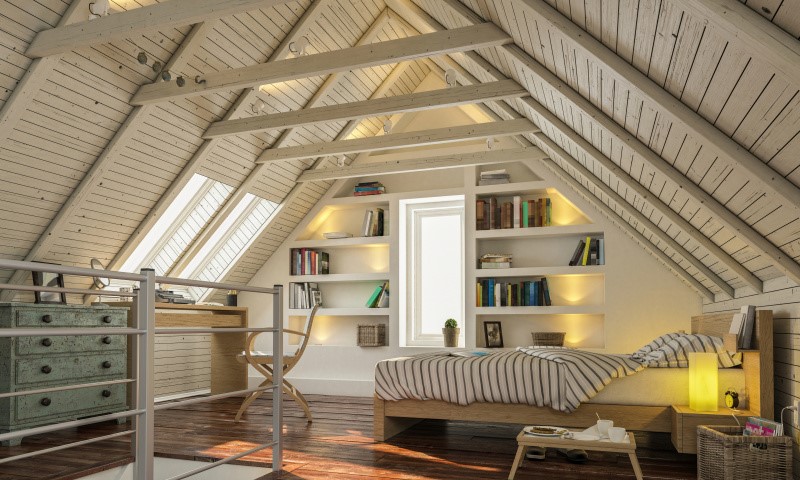How Much Does It Cost to Insulate a 1000 sq ft Attic?
Share
Understanding the cost factors associated with attic insulation is crucial for homeowners looking to improve their energy efficiency. When contemplating the question of how much does it cost to insulate a 1000 sq ft attic, various elements come into play, including the type of insulation, installation method, and local labor rates. Proper insulation can significantly lower energy bills, making this a vital home improvement.
:strip_icc()/CountryHome.McCann.5.10.1821375-bc759550a156482b9d52c214eb0b0302.jpg)
Factors Influencing Insulation Costs
Several components affect the insulation costs for a 1000 sq ft attic. Heres a breakdown of the key factors:
1. Type of Insulation
Choosing the right type of insulation is one of the most significant decisions. Different insulation materials vary in cost and efficiency:
- Fiberglass Batt Insulation: This is often the most affordable option, averaging around $0.64 to $1.20 per square foot.
- Foam Board: A more efficient but expensive choice, with costs ranging from $1.25 to $3.50 per square foot.
- Spray Foam: This offers excellent air sealing and thermal performance, typically running between $3.50 and $7.00 per square foot.
2. Installation Method
Whether you decide to install the insulation yourself or hire a professional will drastically affect the total cost. Professional installation can add anywhere from $0.70 to $1.00 per square foot for labor. If you opt for DIY installation, you can save this cost but will need to invest time and effort.
3. Local Labor Rates
Regional differences in labor costs can influence the total pricing. Urban areas usually have higher rates than rural regions due to the demand for skilled labor.
4. Additional Costs
Sometimes, additional expenses like air sealing or removing old insulation can impact your budget. Air sealing adds approximately $500 to $1,000, while removing old insulation can be as low as $1 per square foot.
Estimating Total Costs
Taking all these factors into account, the total cost of insulating a 1000 sq ft attic can range from $1,000 to $3,200 depending on your chosen material and installation method.
Choosing the Right Insulation Type
When considering how to insulate your attic, understanding the pros and cons of each type will help you make an informed decision. Heres a quick overview:
- Fiberglass Insulation: Non-combustible and available in batts or rolled forms. Its easy to install but less effective when dealing with air leaks.
- Cellulose Insulation: Made from recycled paper and treated with a fire retardant. It's eco-friendly and effective at soundproofing.
- Spray Foam Insulation: Provides exceptional air sealing and is great for hard-to-reach areas but can be the most expensive option.
Professional Installation vs DIY
Deciding between professional installation and DIY largely depends on your comfort level, knowledge, and tools available. Professional installers guarantee quality, but carry a higher price tag. DIY enthusiasts can save money, but taking on such a project without experience can lead to costly errors.
Maintaining Your Insulation
After investing in attic insulation, its crucial to keep it in optimal condition:
- Regularly check for moisture damage and pests, as these can degrade insulation quality.
- Inspect for air leaks and seal any gaps to maintain efficiency.
- Consider scheduling a professional inspection every few years.
Additional Resources for Homeowners
If you're looking to enhance your attic insulation knowledge further, external resources can be beneficial. Check out this informative article on how to deal with attic pests.
For more specialized tips on what kind of insulation is best, you might find this page on insulation types helpful.

FAQs
What is the most cost-effective insulation for an attic?
Fiberglass batt insulation is generally considered the most cost-effective option, but you should balance cost with efficiency.
How can I insulate my attic safely?
Always use protective gear when handling insulation materials and ensure proper ventilation during installation to avoid moisture buildup.
How often should attic insulation be replaced?
Depending on the material, insulation can last from 15 to 40 years, but regular inspections are essential to determine its condition.
In conclusion, understanding how much does it cost to insulate a 1000 sq ft attic involves examining multiple factors such as material choice and labor costs. Taking the time to do thorough research can lead to a smart and cost-effective decision that pays off in energy savings for years to come.
